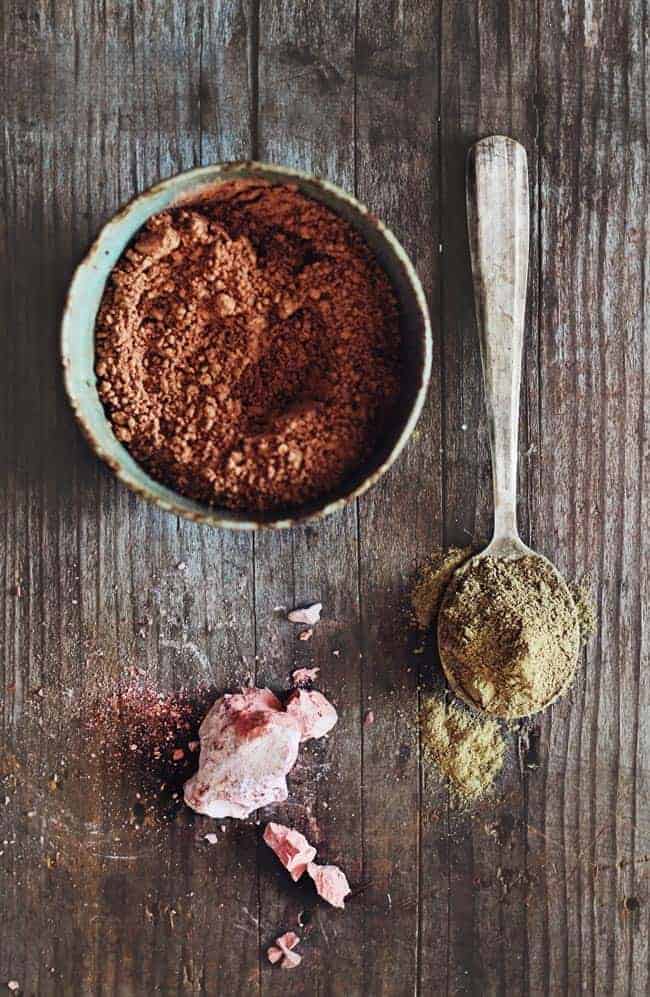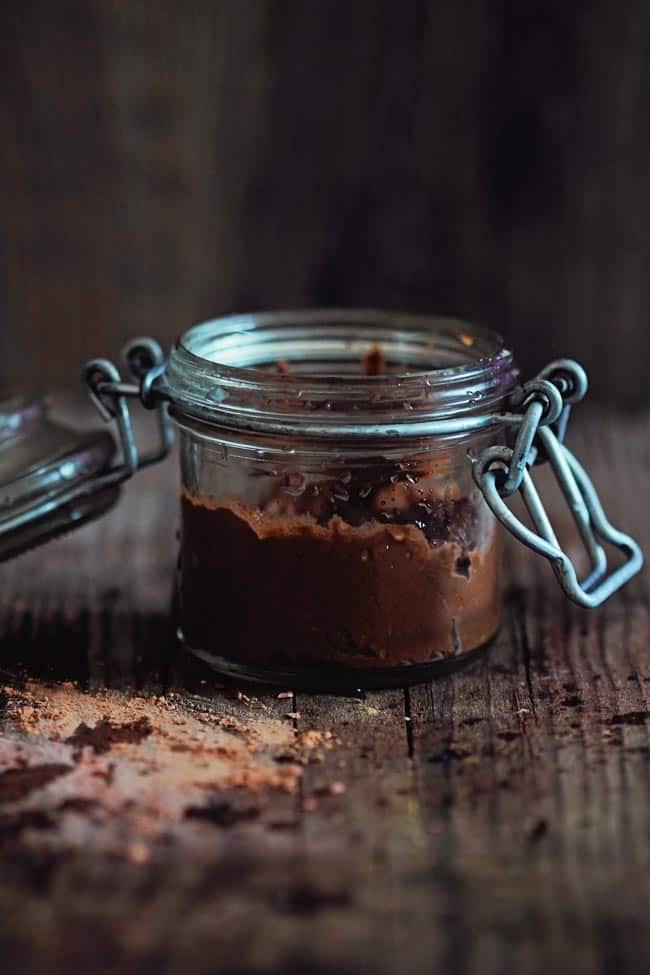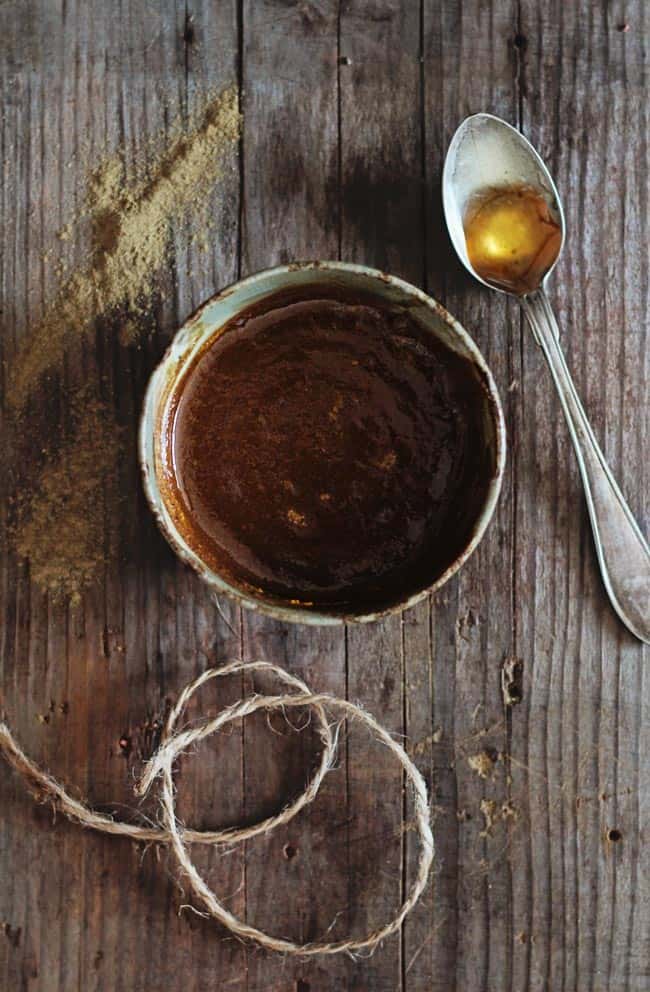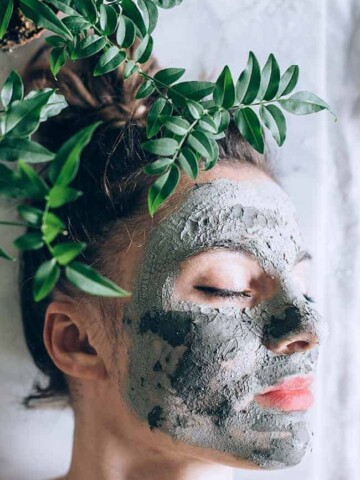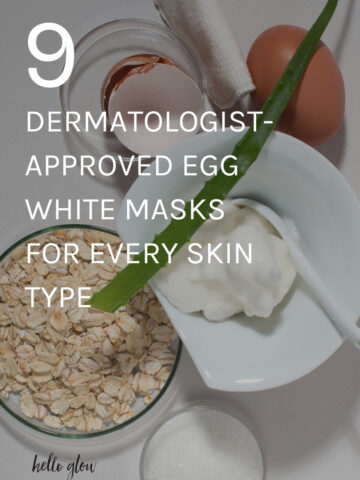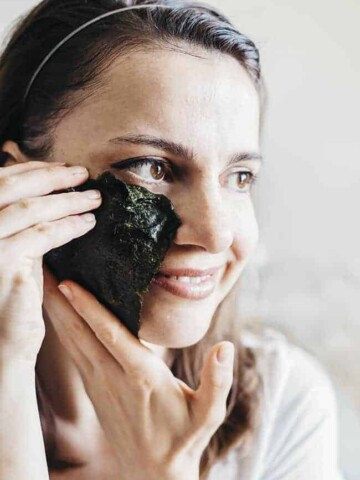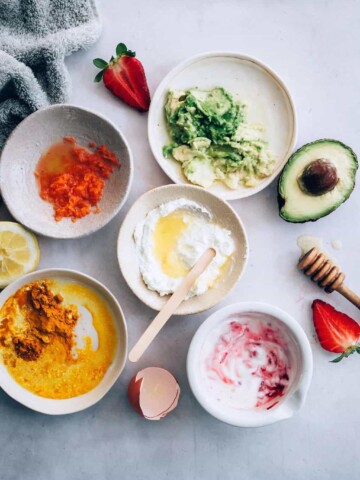Clay has been added to beauty recipes for centuries, and it’s no secret that it can work wonders on skin. But with so many different kinds to choose from, you might be wondering how to pick the right type of clay for your skin and what other ingredients to use when making clay face masks.
This quick guide will help you in your search for the perfect clay mask. Plus, we'll show you how to make 5 clay face mask recipes using 4 ingredients or less.
5 Homemade Clay Face Mask Recipes
A word to the wise: clay has drawing properties that allow it to absorb heavy metals and toxins from whatever it comes in contact with. For this reason, you should never use metal when mixing your clay mask. Instead, use glass or wooden instruments to keep the clay’s properties potent and effective.
Bentonite Clay
Fairly common and easy to find, bentonite clay is made of volcanic ash and can be extremely effective at pulling out toxins and impurities from the skin. It also helps to soothe skin irritation, kill harmful bacteria, and encourage wound healing [source].
Recipe to try:
- 1 tablespoon bentonite clay
- 1 tablespoon water (or apple cider vinegar if you have redness or acne)
Combine with a non-metal spoon in a small ceramic bowl to create a paste. Apply to the face and neck or as a spot treatment to blemishes, bug bites, or cuts. Let it sit for 20 minutes before rinsing with warm water. Do this twice a week.
For dry skin, you can add a few drops of jojoba oil to replenish moisture.
Moroccan Red Clay
Ideal for oily and acne-prone skin, Moroccan red clay comes from the Atlas Mountains in Morocco. If you're battling blackheads and clogged pores, this is the clay face mask for you. Because of its silica and magnesium content, Moroccan red clay makes for a great skin cleanser and replenishing mask.
Recipe to try:
- 2 tablespoons Moroccan red clay
- 3 tablespoons rose water
- 1 teaspoon mashed avocado
Combine ingredients in a bowl. Using clean fingers or a brush, apply to the t-zone or acne-prone areas. As soon as the mask starts to lighten (usually a sign the mask is dry), rinse with warm water. The monounsaturated fat in the avocado will help nourish all skin types and balance oil in the skin.
White Kaolin Clay
Most often recommended for balancing oily skin, white kaolin clay (China clay) is found in the soil in hot, moist climates. This particular type of clay is added to a number of beauty products, such as scrubs and deodorants, because of its drying effects.
Recipe to try:
- 2 teaspoons white kaolin clay
- 1 teaspoon aloe vera juice
- 1 teaspoon filtered water
- 2–3 drops geranium essential oil
Mix ingredients together in a ceramic bowl using a non-metal utensil, adding more water if the mask needs to be thinned out. Apply to your face, and allow 10–15 minutes to dry. Rinse with warm water and follow with moisturizer.
If you can't get ahold of aloe vera juice, you can use fresh aloe vera or 99% aloe vera gelly.
French Green Clay
Detoxifying and exfoliating, French green clay (sea clay) can be used for normal to oily skin. Green clay has been shown to inhibit bacterial growth and draw out toxins from wounds, making it the perfect choice if you ever need to soothe an allergic reaction, sunburn, or a stubborn wound [source].
Recipe to try:
- 1 tablespoon French green clay
- 2 tablespoons raw apple cider vinegar
- 1 drop frankincense essential oil
Combine the ingredients into a ceramic bowl using a non-metal utensil. Apply the paste to your skin, avoiding the eye and lip areas. Wash off after 10 minutes.
If the mask begins to itch, go ahead and wash it off early with warm water (a little stinging is to be expected—thanks to the apple cider vinegar). Feel free to substitute rosewater or regular tap water in place of the vinegar if desired.
Fuller’s Earth
Known for its lightening properties, Fuller’s Earth is a sedimentary clay, great for treating abnormal pigmentation and oily skin.
Recipe to try:
- 2 teaspoons Fuller’s Earth powder
- 1 teaspoon raw honey
- 1 tablespoon rose water
Combine the ingredients in a small ceramic bowl using a non-metal utensil. Apply 1–2 times a week for 10 minutes.
Homemade Clay Mask FAQs
What's the shelf life for clay face masks? Can I make my mask ahead of time?
Once mixed with fluid, these masks will only last for 3–4 days in the refrigerator. If you choose to whip up a batch ahead of time, I recommend adding a broad-spectrum preservative made specifically for water-based beauty products. If you'd like to skip the preservative, just make sure to store your mask in an airtight container in the fridge and toss it immediately if you see it growing it fuzz.
Can I use a clay face mask every day?
I don't recommend it because clay can be pretty drying. Plus, since clay draws toxins from the skin, you may notice a rebound effect in the form of breakouts, redness, or irritation while your skin adjusts. You want to allow a few days between applications to give your skin time to rehydrate and balance itself out.
Is my face mask supposed to sting?
While a clay mask shouldn't hurt, per se, you may notice some slight stinging as the clay dries and pulls on the skin underneath. If at any point you feel uncomfortable, wash the mask off with cool water and apply a light moisturizer.
Should I moisturize after a clay mask?
Yes, definitely. Since clay can be drying, it's best to drink plenty of water before, during, and after using a clay face mask. You should also apply your usual serums and moisturizers following a face mask to nourish and hydrate skin.
Can I use toner after a face mask?
Sure! Since clay masks are highly absorptive, it's best to apply your mask to freshly cleansed skin. When you're done, go ahead and apply the remaining toners, serums, and moisturizers in your skincare routine.
Why is my face red after using a clay face mask?
Clay masks have a tendency to pull blood to the surface of skin, giving you that flushed, fresh-from-the-gym look. Don't worry, it's not permanent, and it should subside within an hour or so. To make it go away more quickly, apply a cold compress to skin.
References:
1. Moosavi M. Bentonite clay as a natural remedy: a brief review. Iran J Public Health. 2017.
2. Williams LB, et al. Chemical and mineralogical characteristics of French green clays used for healing. Clays Clay Miner. 2008.
This post was medically reviewed by Dr. Jennifer Haley, a board-certified dermatologist with extensive experience in medical, cosmetic, and surgical dermatology. Learn more about Hello Glow’s medical reviewers here. As always, this is not personal medical advice, and we recommend that you talk with your doctor.

